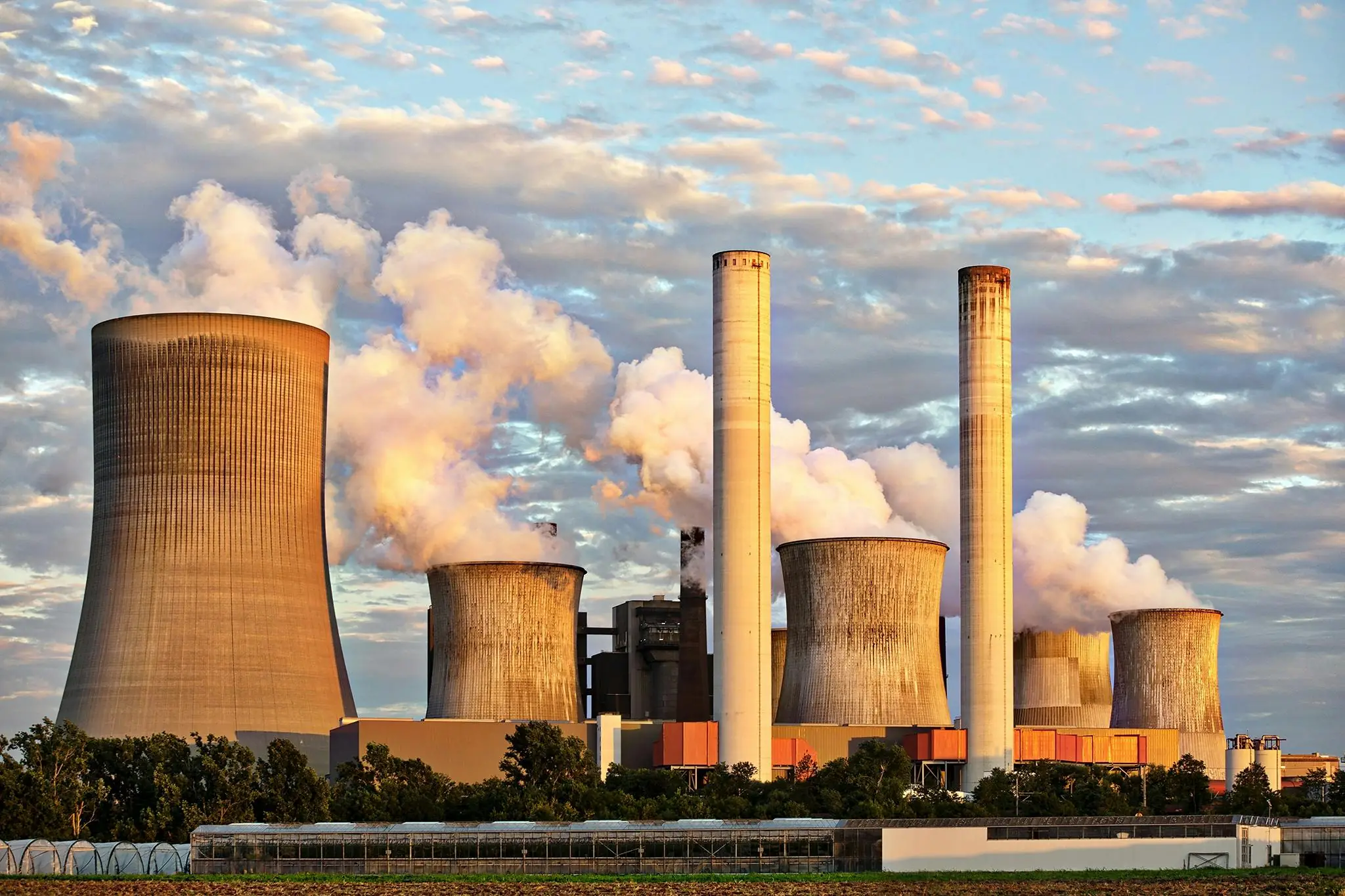The U.S. Department of Energy (DOE) announced its fusion science and technology roadmap to accelerate commercial fusion power generation and use across the country. The Fusion Science and Technology (FS&T) Roadmap is a comprehensive national strategy to accelerate the development and commercialization of fusion energy on the most rapid, responsible timeline in history.
The roadmap works to advance the current administration’s Executive Order Unleashing American Energy by reinforcing the commitment to expand domestic energy production and restore America’s energy dominance.
The roadmap brings together leaders from government, industry and academia to discuss the future of American fusion energy. It aligns the DOE, industry players, universities, allied nations and national laboratories to accelerate the progress toward commercial fusion power. Once achieved, the steps outlined in the roadmap, will strengthen America’s grid, rebuild critical supply chains, and secure a new era of abundant, reliable, American-made energy, according to federal officials.
The FS&T Roadmap was developed with input from more than 600 scientists, engineers, and industry stakeholders and identifies the key research, critical science, materials, and technology gaps that must be closed to realize a Fusion Pilot Plant (FPP) and strengthen the U.S. leadership in the global fusion industry. This is achieved through the DOE’s Build–Innovate–Grow strategy with the goals to algin public investment and private innovation to deliver commercial fusion power to the grid by the mid-2030s, to strengthen domestic supply chains, to advance fusion science, and to secure America’s leadership in the race to deliver commercial fusion. The established unified strategy is built around three primary drivers with subsequent roadmap key actions:
Build – Build critical infrastructure to close fusion materials and technology gaps.
- Deliver Fusion Science and Technology Infrastructure – Accelerate building fusion infrastructure to close critical gaps identified by the Fusion Energy Sciences Advisory Committee Long-Range Plan (FESAC LRP) science drivers
- Build the AI-Fusion Digital Convergence Platform – Accelerate procurement of sustained burning plasmas and materials discovery to close the fusion fuel cycle and harnessing fusion power
Innovate – Innovate through advanced research, high-performance computing, and artificial intelligence.
- Pursue Innovative and Transformative Research – Across key innovative and transformative technologies that could help mitigate risks with conventional paths to commercial fusion
- Advance Towards Cost-Competitive Fusion Power Plants – Consider multiple and emerging concepts as a means of delivering an FPP at the lowest possible capital cost and at the earliest possible time
Grow – Grow the U.S. Fusion ecosystem through public-private partnerships, regional manufacturing hubs, and workforce development.
- Expand Private-Public Partnership Programs – Design public-private partnerships to help de-risk critical scientific and technical issues
- Seed Fusion Supply Chains – Leverage foundational and enabling science R&D combined with advanced testing platforms to establish supply chains relevant to fusion
- Foster Talent by Enabling Fusion Workforce Pathways – Establish partnerships for integrating the development of infrastructure with opportunities for training, education, and integration of talent at all levels
- Leverage Advanced Nuclear R&D and Deployment – Strategic coordination with advanced nuclear research, development, and deployment efforts
- Support a Practical Path to Fusion Energy Adoption – Expand measurement innovation and other R&D activities that enable widespread fusion energy development
- Provide a Path to Commercialization – Develop a plan for a transition phase towards an applied office and track key indicators that signal readiness for the transition
All of the actions above will be executed over a timeline of three stages: near-term (next 2-3 years), mid-term (3-5 years), long-term (5-10 years).
The roadmap places a focus on prioritizing strategic directions for the DOE to further collaborate with the US Fusion Industry. It outlines the department’s plan to address challenges through coordinated investments in six core fusion science and technology areas called Technical Metrics and Milestones. The metrics are structural materials, plasma-facing components, confinement systems, fuel cycles, blankets, and plant engineering, and integration. The DOE is coordinating a national effort to close these remaining technical gaps.
$9 billion in private investment is already advancing burning-plasma demonstrations and prototype reactor designs. The projects and goals outlined in the FS&T Roadmap are contingent on the development of future public private partnerships. The DOE is not committing any specific funding levels by releasing the roadmap, and all future funding will be subject to Congressional appropriations.
Photo by Pixabay













